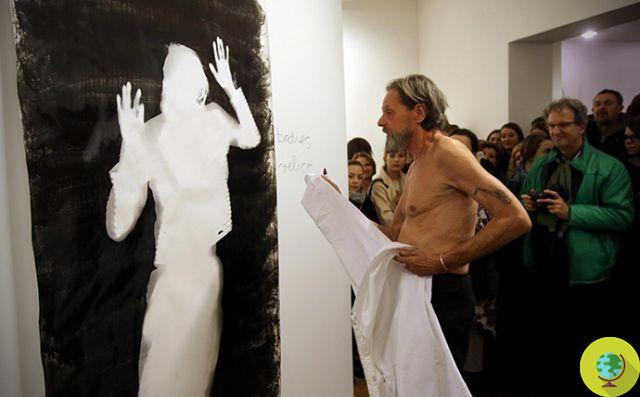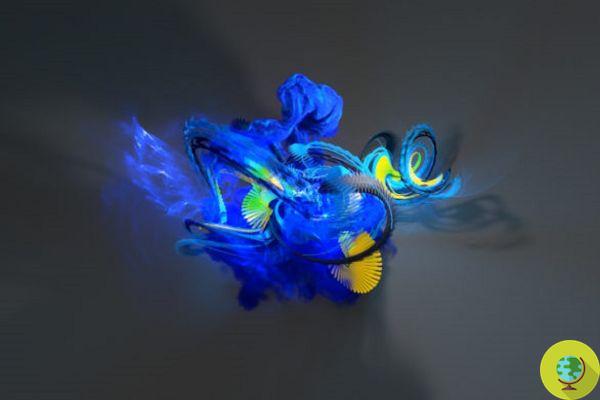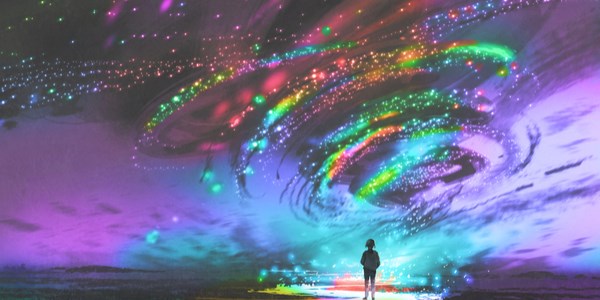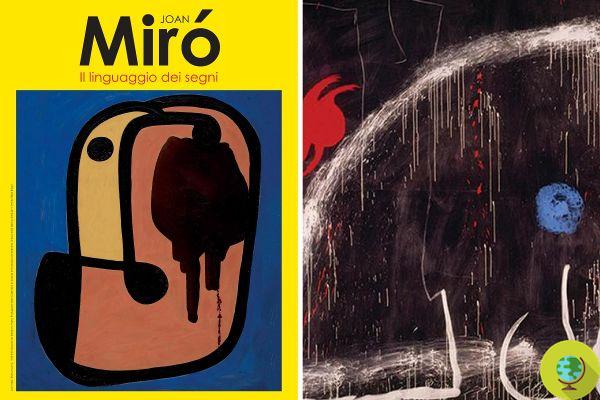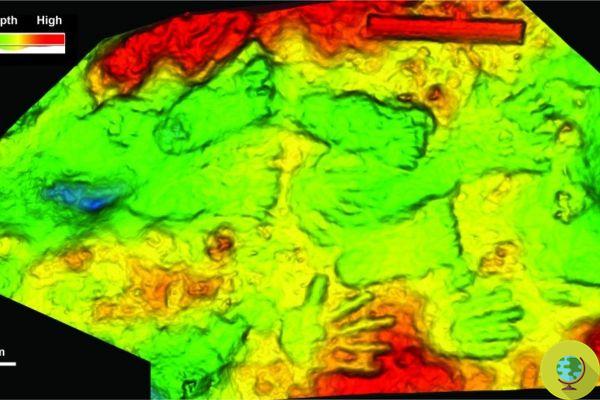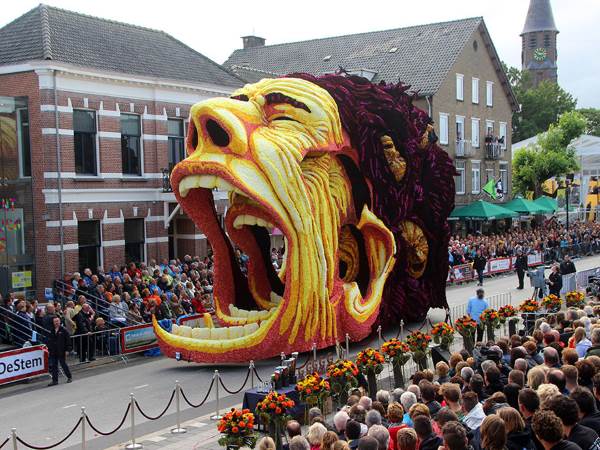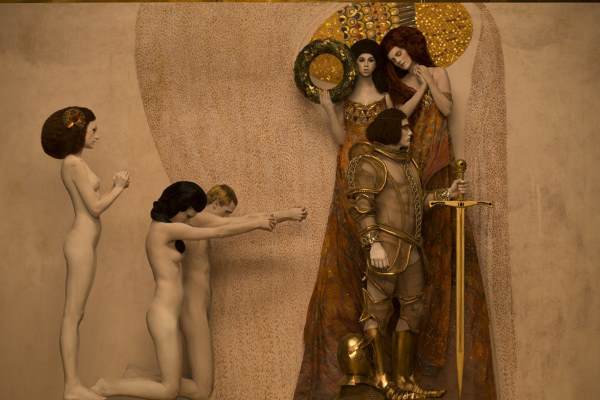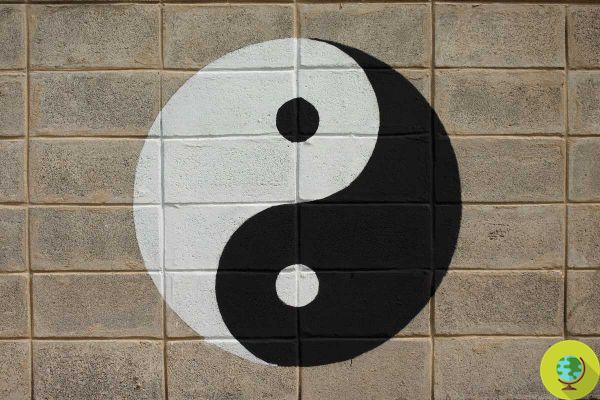
Yin and Yang, what do they mean and represent the key symbol of Chinese culture? Let's try to explain it in a simple and intuitive way for everyone
Don't store avocado like this: it's dangerousIl principle of Yin and Yang represents the perfect balance of opposite poles. Two opposing forces, but which complement each other According to principle of Yin and Yang, all things exist as inseparable and contradictory opposites, for example female-male, dark-light and old-young. Pairs of equal opposites attract and complement each other.
Yin and Yang dates back to the 3rd century BC or even earlier and is a fundamental concept in the Chinese philosophy, in Chinese medicine and culture. As the Yin and Yang symbol illustrates, each side has an element of the other within it; neither pole is superior to the other and, since an increase in one leads to a corresponding decrease in the other, it is necessary to achieve the right balance between the two poles to achieve perfect harmony.
Index
Origin
The concept of Yin and Yang and the idea of complementary forces became popular with the scuola cinese di Yinyang, who studied philosophy and cosmology around the 3rd century BC.The main proponent of the theory was the cosmologist Zou Yan (or Tsou Yen) who believed that life went through five phases (wuxing): fire, water, metal, wood and earth, which alternated continuously according to the principle of Yin and Yang.
The Yin Yang symbol
Il simbolo yin-yang (also known as the Tai Chi symbol) consists of a circle divided into two halves by a curved line. One half of the circle is black, and represents the yin side, while the other is white and is yang. A dot of each color is located near the center of the other half. The two halves intertwine through a spiral curve that divides the whole into semicircles, and the small dots represent the idea that both sides carry within them the seed of the other.
The white point in the black area and the black point in the white area connote the coexistence and unity of opposites, to form a whole. The curved line means that there are no absolute separations between the two opposites. The yin-yang symbol, therefore, embodies both sides: duality, paradox, unity in diversity, change and harmony.
Origin of the symbol
The origin of the symbol is found inancient Chinese timekeeping system, who used a pole to measure the changing lengths of shadows during the calendar year; was invented in China as early as at least 600 BC.In fact, some have suggested that the yin-yang symbol comes very close to a representation graphic of daily change the length of the shadow of a pole during the year. Yang begins at the winter solstice and indicates the beginning of the period when daylight dominates darkness and, therefore, is associated with the sun. The yin begins at the summer solstice and represents the dominion of darkness over daylight, and is associated with the moon.
Yin-yang also represents observing the shadow of the earth on the moon, and recording the position of the Ursa Major constellation during the year. These observations make up the four cardinal points: the sun rises in the east and sets in the west, the direction of the shortest shadow measured is south, and at night the North Star points north. Hence, yin and yang are basically connected with the earth's annual cycle around the sun and to the four seasons.
What do Yin and Yang represent
Yin is:
- feminine / feminine strength / feminine energy
- the black color
- dark
- north
- water (transformation)
- passive
- luna (debolezza e la dea Changxi)
- land
- cold
- old
- even numbers
- valleys
- poor
- soft
- that which gives spirit to all things.
The Yin reaches its maximum influence with the winter solstice, and can also be represented by the tiger and the orange color.
Yang is:
- masculine / masculine strength / masculine energy
- the white color
- light
- South
- fire (creativity)
- active
- sun (strength and god Xihe)
- paradise
- hot
- young
- odd numbers
- montagne
- ricco
- hard
- that which shapes all things.
Yang reaches his greatest influence with the summer solstice, and can also be represented by the dragon and the color blue.
In mythology and religion
In chinese mythology, Yin and Yang were born out of chaos when the universe was first created; they are believed to exist in harmony at the center of the Earth. During creation, the attainment of equilibrium in the cosmic egg allowed the birth of Pangu (or P'an ku), the first human being. Also, from Yin and Yang were born the first gods Fuxi, Nuwa and Shennong.
In Chinese religion, instead, i Taoists support yin, while i confuciani yang. Taoists emphasize confinement, while Confucians believe in the importance of commitment in life. When there is too great an imbalance between Yin and Yang, catastrophes such as floods, droughts and plagues can occur.
In medicine
The principles of yin and yang are also an important part of Huangdi Neijing or the Yellow Emperor's Classic of Medicine, written about 2000 years ago. This is the first chinese medicine book, which states that that to be healthy you need to balance the yin and yang forces within your body. Furthermore, yin and yang are still important today in traditional Chinese medicine and also in Feng Shui.
Follow us on Telegram|Instagram|Facebook|TikTok|Youtube
Could it be interesting for you:
- In the beginning it was Yin Feng Shui: honoring the dead, setting up graves
- Where do you take your rings? The meaning of each finger according to Chinese philosophy
- I Ching, approach the Book of Changes
- Traditional Chinese Medicine: a little introduction








